Aneurysmal Disease
Expert treatment of arterial aneurysms with comprehensive care and advanced surgical techniques
Treatment Overview
Aneurysms are enlargements of arteries that can be life-threatening if left untreated. Dr Lemech provides expert evaluation and treatment using both traditional surgical and modern endovascular techniques.
DR LUBOMYR LEMECH
MBBS (Hons), FRACS (Vascular), DDU (Vascular)
Key Services:
- Comprehensive aneurysm evaluation
- Endovascular stent graft repair
- Open surgical repair
- Long-term monitoring programs
Arterial Aneurysms
Arteries are the blood vessels that carry blood away from the heart. With age, the walls of arteries can become weak, and cause the artery to swell, forming an aneurysm. Aneurysms can affect any artery in the body, but most aneurysms affect the aorta in the abdomen. Less commonly aneurysms affect the aorta in the chest, or the arteries in the legs, and rarely do they affect other arteries.
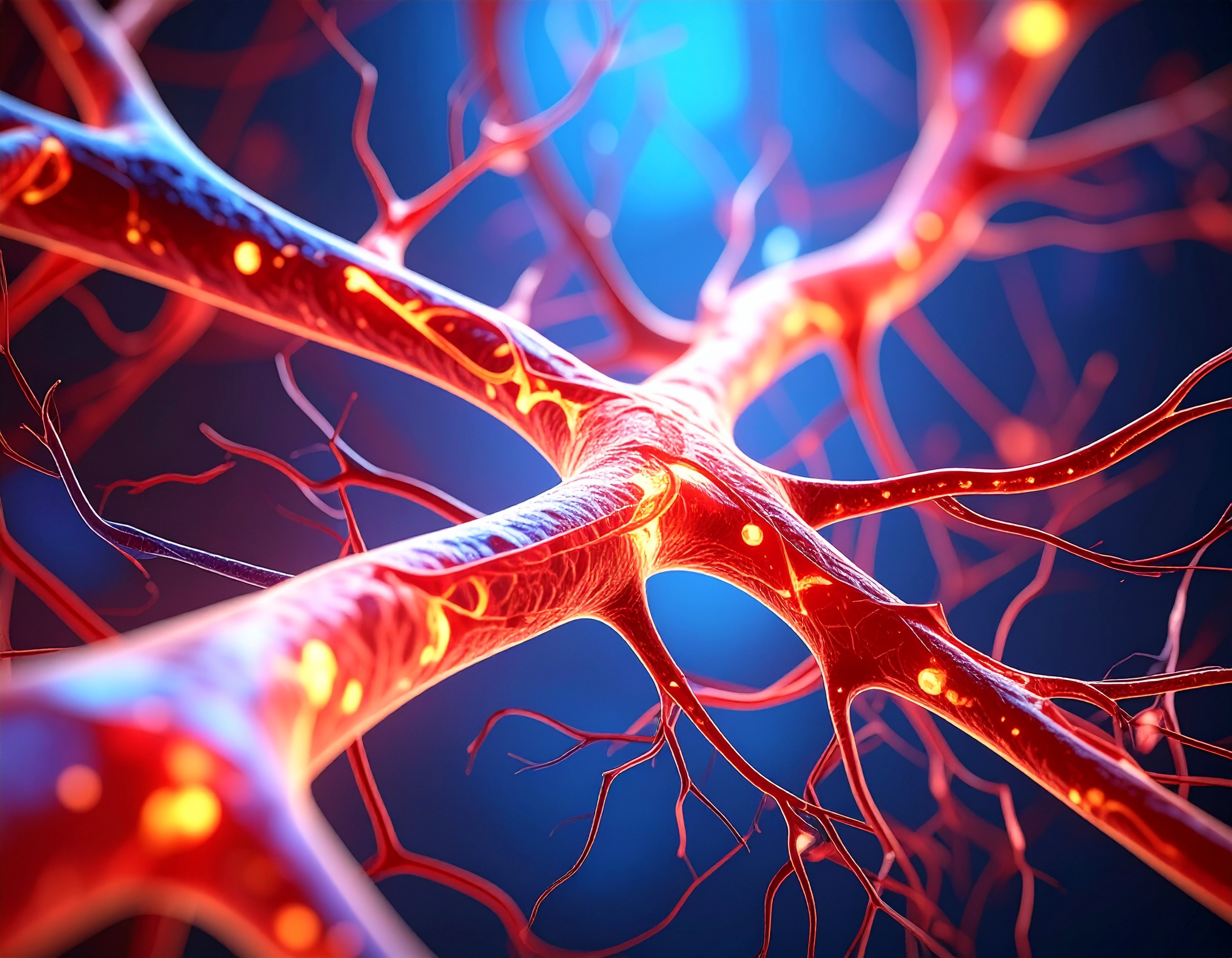
Normal vs Aneurysmal Artery
Risk Factors
Understanding the factors that increase aneurysm risk helps with early detection and prevention
Gender
Men are more likely to be affected than women
Age
Aneurysms rarely affect patients less than 55 years of age, unless they have a connective tissue disease
Smoking
Smoking significantly increases aneurysm risk
High Blood Pressure
Hypertension puts additional stress on artery walls
Genetics
Aneurysms may run in families
Multiple Aneurysms
Having an aneurysm in one location may predispose you to aneurysms in other areas
Symptoms
Most aneurysms do not cause symptoms and are diagnosed incidentally during tests for other medical conditions
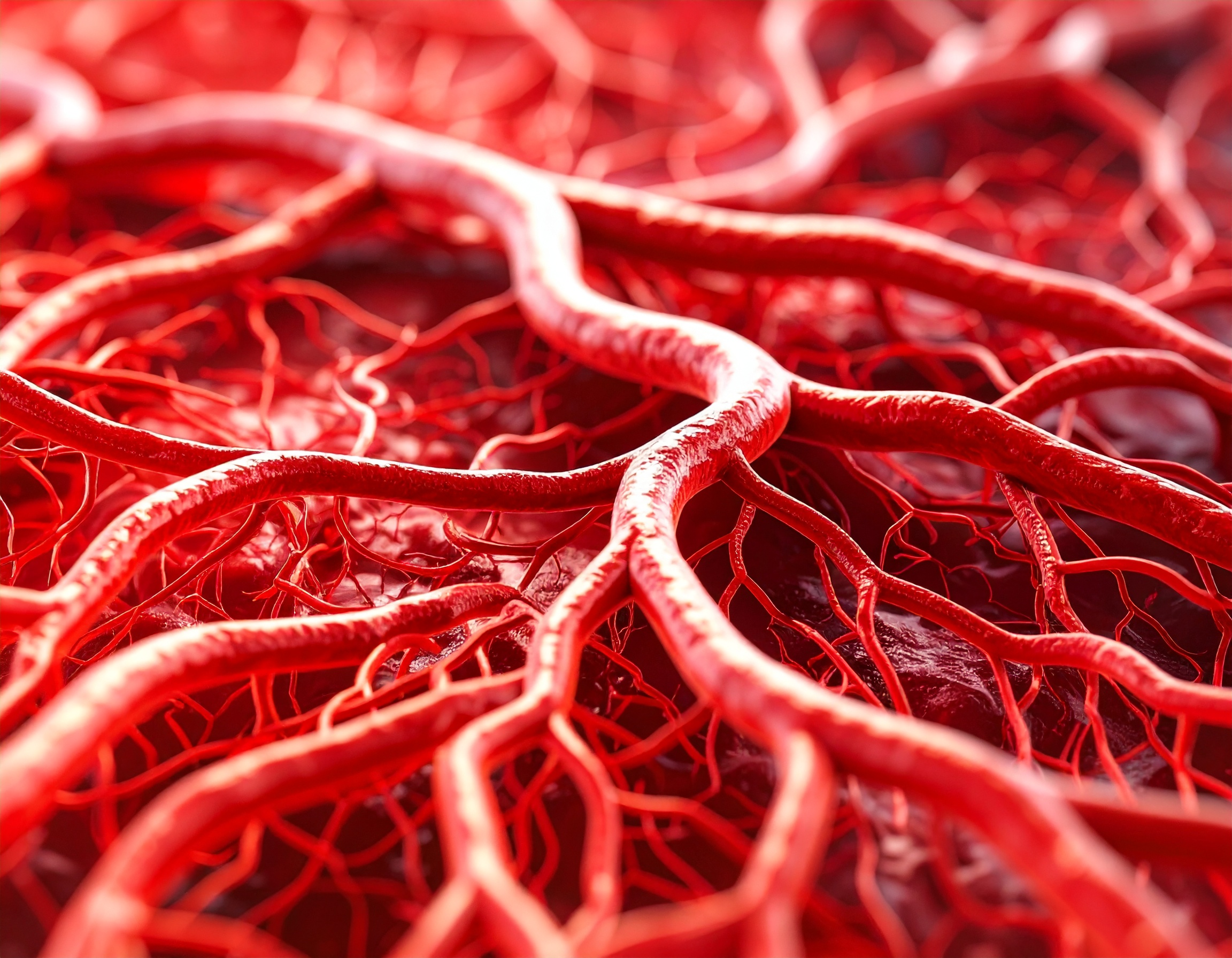
Abdominal Aneurysms
Sometimes aneurysms in the abdomen may cause symptoms such as:
- Aching in the abdomen or back
- Discomfort after eating
- A pulsing sensation in the abdomen
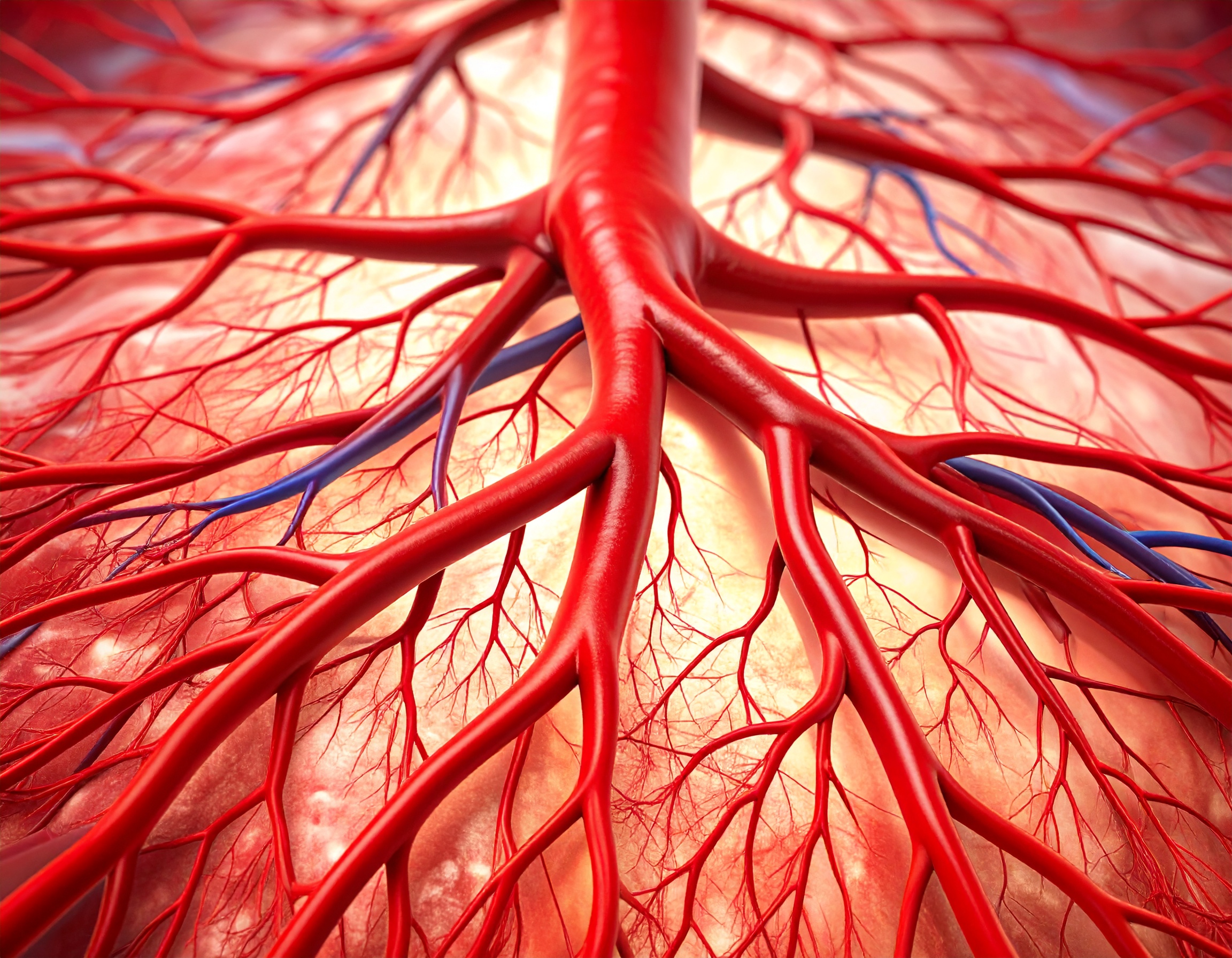
Chest Aneurysms
Aneurysms in the chest may cause symptoms such as:
- Aching in the back or chest
- Hoarse voice
- Dry cough
Investigations
In order to diagnose, monitor or treat your aneurysm you may require a test such as:
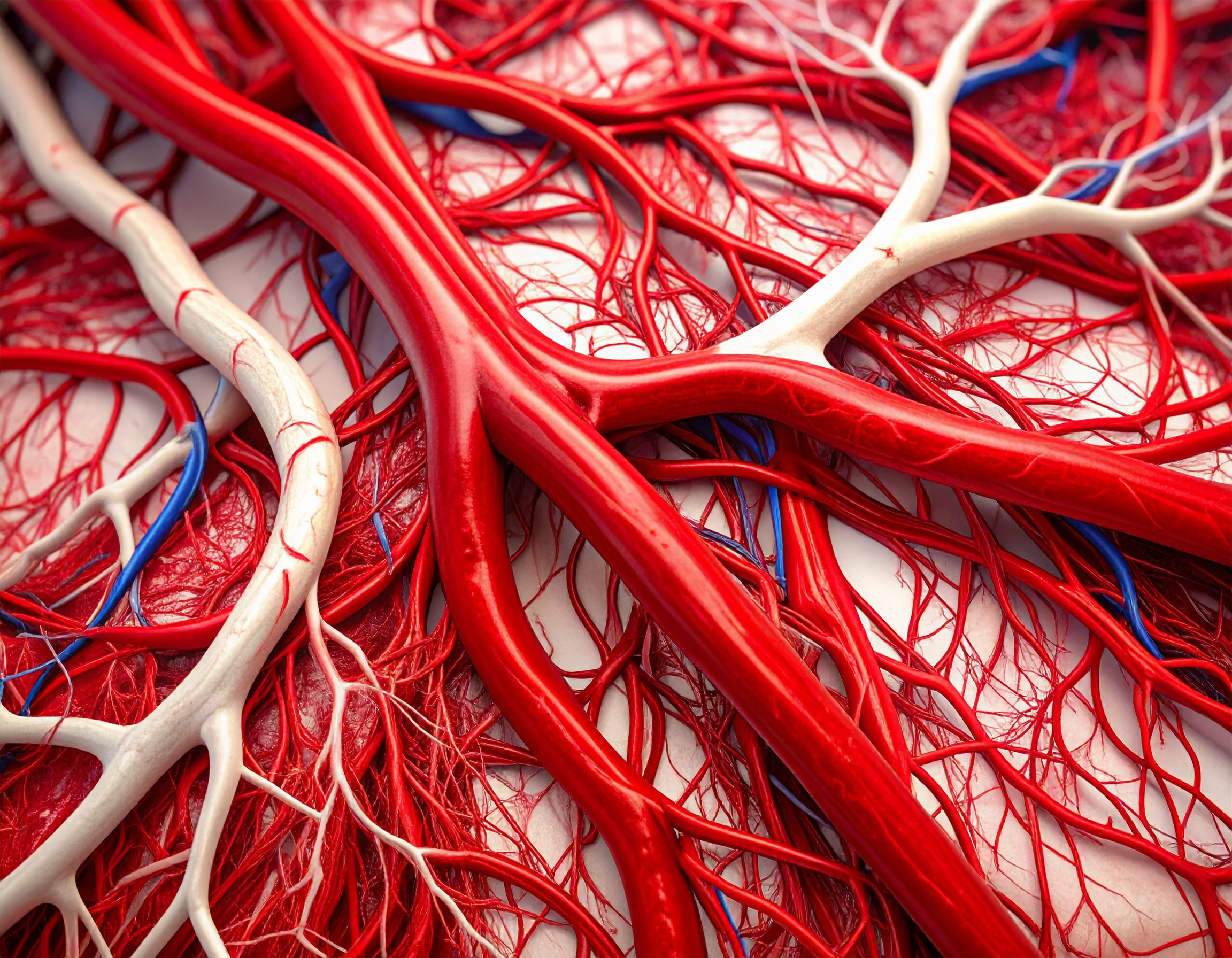
Duplex Ultrasound
Non-invasive imaging to assess aneurysm size and blood flow
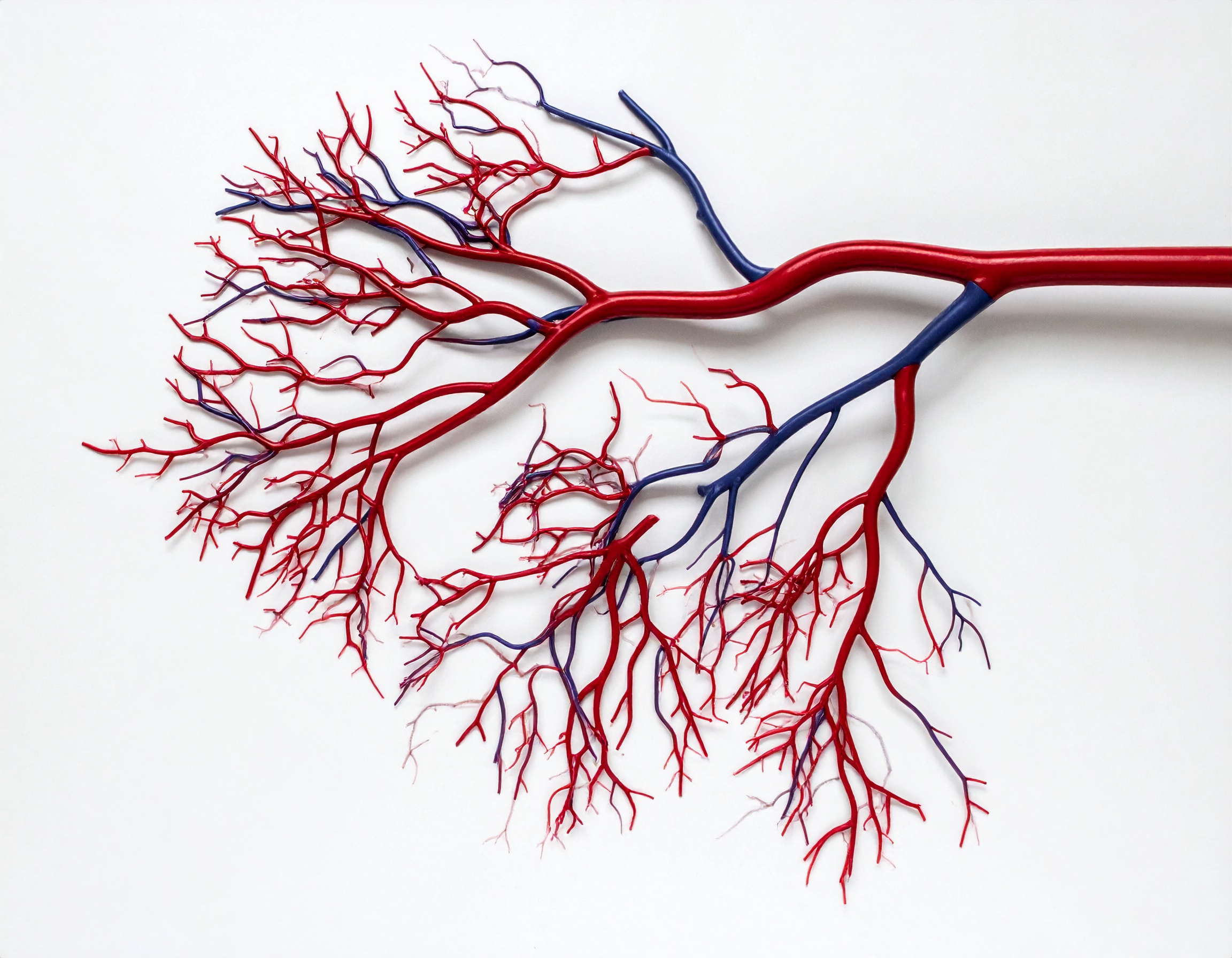
Computed Tomographic Angiogram (CTA)
Detailed cross-sectional imaging with contrast
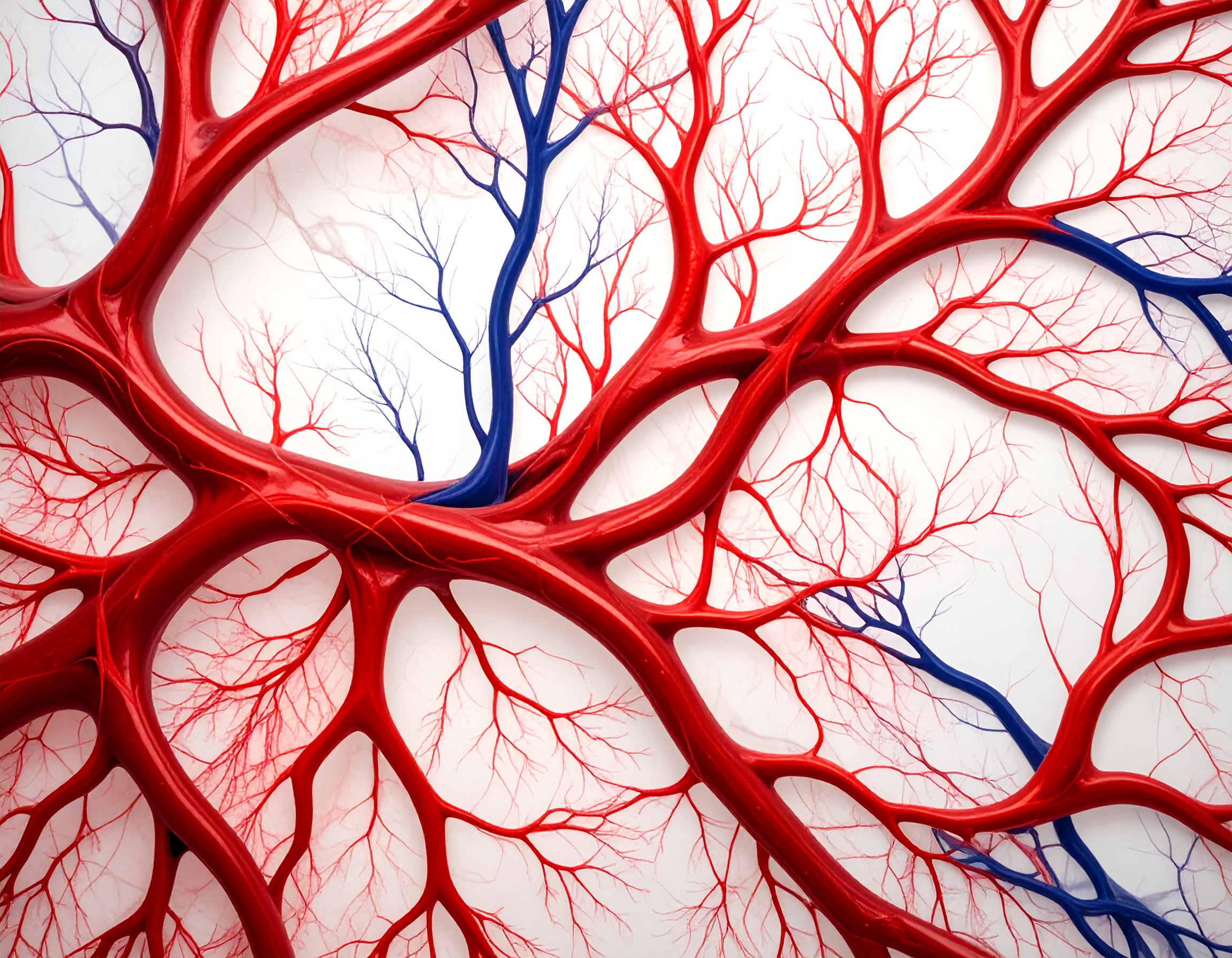
Catheter Angiogram
Direct arterial imaging for detailed assessment
Treatment
Treatment Decision
The decision on when to treat your aneurysm depends on its location, its size, its cause and the severity of other medical conditions you may have.
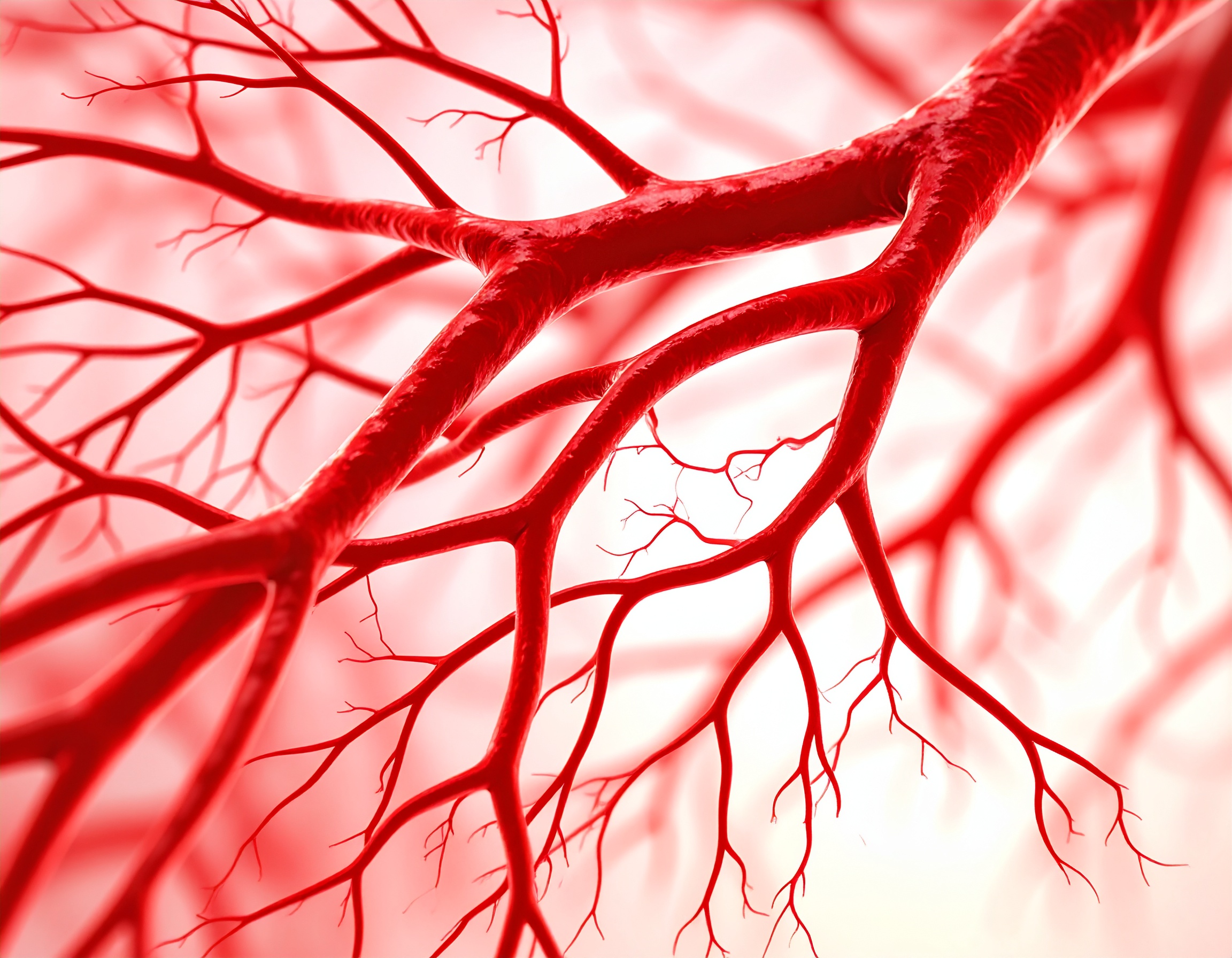
Advanced Treatment Options
State-of-the-art surgical and endovascular techniques
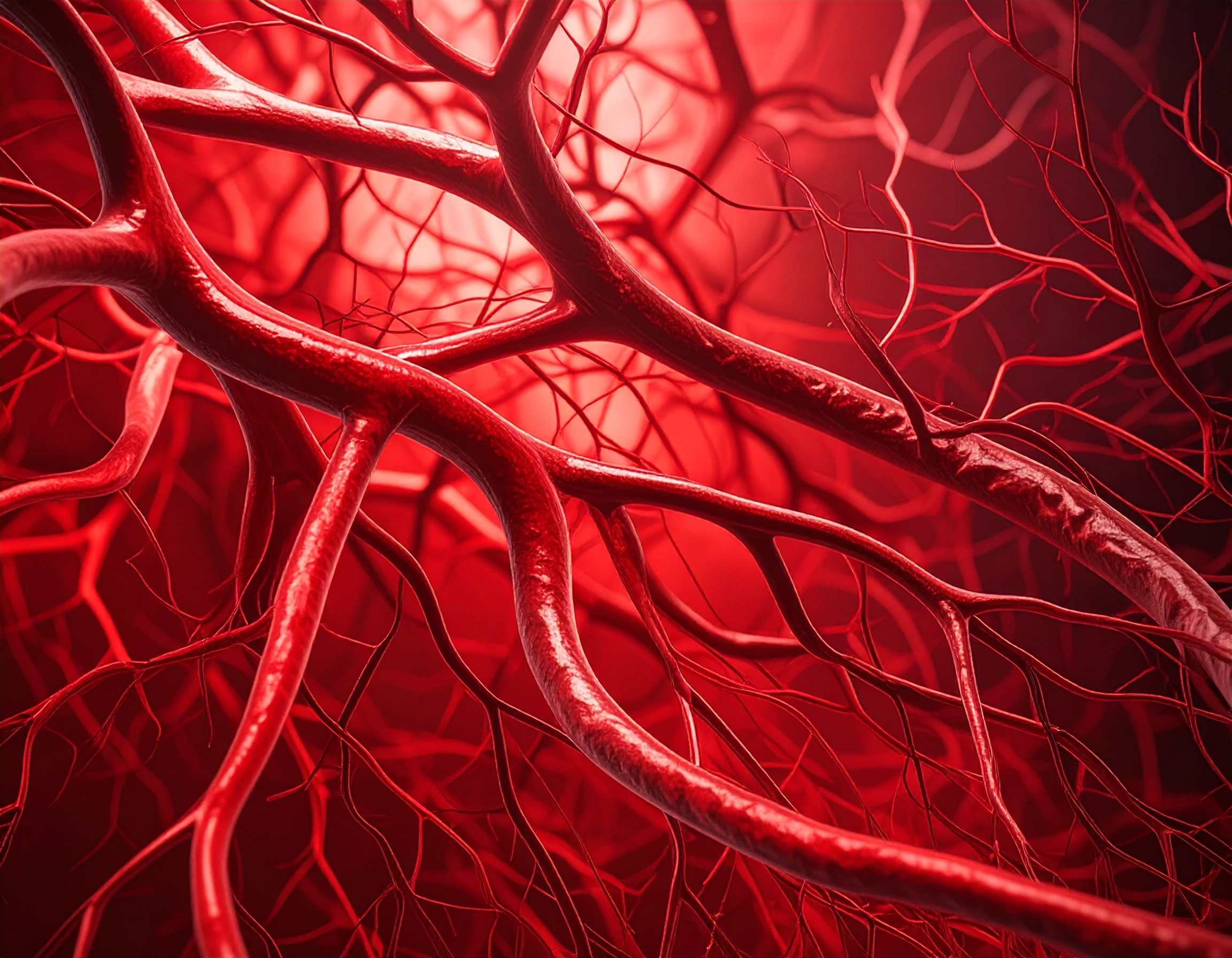
Monitoring
The aneurysm may be monitored over time to look for enlargement, particularly if it is small at the time of diagnosis.
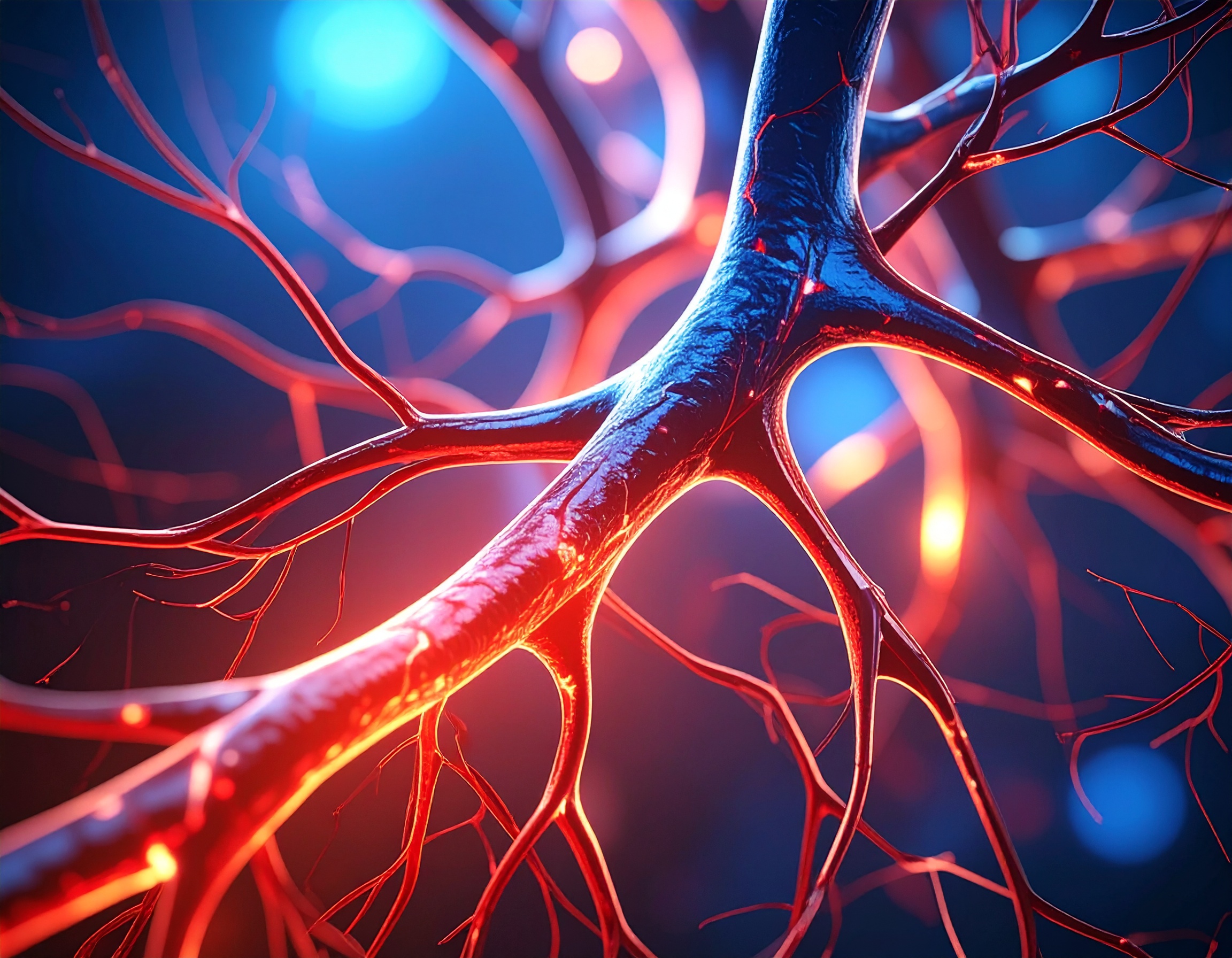
Surgical Treatment
If the aneurysm requires treatment, it can be treated with open surgery or a stent graft. The decision on which modality is best for you will be discussed with you after review of your history, physical examination and test results.
Patient Information Sheet
Download our comprehensive information sheet about abdominal arteries and aneurysm conditions.
PDF Format • Comprehensive information about abdominal arterial conditions, symptoms, and treatment options
Need Expert Aneurysm Care?
Dr Lemech provides comprehensive evaluation and treatment for arterial aneurysms. Contact us today to schedule your consultation.
